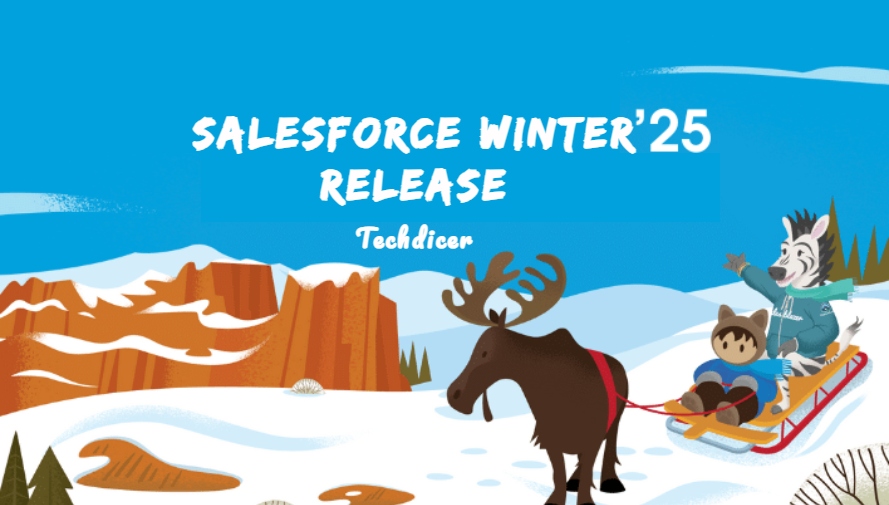The Salesforce Winter ’25 release Summary Points is packed with exciting new features and enhancements designed to improve user experience, streamline processes, and boost productivity. Here are some of the key highlights:
Also check this: Effortlessly Retrieve Related List Records in Salesforce LWC
1. User Access Summary:
This feature now includes a row-level action called “Access Granted From,” which shows all the sources of a user’s permissions. This eliminates the need to run queries or click through multiple pages to find this information.
2. Object Access in Object Manager:
You can now see a summary of which permission sets, permission set groups, and profiles grant access to an object.
3. Enhanced User List View:
Inline editing is now available in the User list view, allowing for more efficient management of user data. Also we can create new List View, Sort the User data in new view.
4. Dynamic Highlights Panel:
This new Dynamic Highlights Panel in Lightning App Builder to configure your key fields more easily, eliminating the need to use compact layouts in Setup. Simply drag fields from the Fields tab into this panel for quick adjustments, just like you would in the Field Section.
5. Manage public groups more efficiently:
Manage public group membership more efficiently with Salesforce enhanced public group summary page. Easily handle users, roles, and nested groups within a public group, and quickly search through all current and available members. You can now add or remove up to 100 members at once.
6. Use Create Records element to create or update records:
Create or update multiple records more efficiently using only the Create Records element! Now, you can create or update multiple records depending on whether a specified field value exists in Salesforce.
7. Diagnose configuration issues using the Errors and Warnings pane:
Troubleshooting flow errors is now easier than ever! With the new Errors and Warnings pane in Flow Builder, you can view issues that prevent you from saving and activating your flow, all presented in a user-friendly format.
8. Send to more than five recipients and use CC and BCC options in the Send Email action:
The maximum number of recipient email addresses has increased from five to 150. Plus, you can now add CC and BCC recipients to emails sent using the Send Email action.
9. View your daily scheduled flows limit in the debug details:
View the maximum number of scheduled flows your org can run daily, ensuring you stay within your limits.
10. Recognize custom components in Screen elements:
When we have multiple similar custom components in the same Flow Screen element, we can now see the component’s label or API name to easily differentiate between the same custom components.
11. Einstein create formulas for you in Flow Builder (beta):
No need to google the formula, formula creation just got better with Einstein.Describe your formula, and let Einstein create the flow formula for you in the Start element’s entry criteria and Formula resources.
12. Develop Lightning Web Components with TypeScript:
To improve developer productivity and code quality, you can create new Lightning web components (LWCs) with TypeScript. You can also convert existing JavaScript components to TypeScript.
13. Identify Inefficient Flow Designs with New Tips:
New tips in Flow Builder help you identify designs that can slow down your flows and increase the risk of reaching Apex governor limits. These tips appear in the Flow Builder canvas and provide guidance on how to improve your flow.
14. Understand SOQL Error and Functionality Changes to Update Your Code:
Updates in this release can impact existing Apex code that relies on old SOQL error messages and functionality, particularly to dynamic SOQL code that handles the parsing of error messages. Review these changes and update your code as needed.
Review all the new error messages in SOQL queries here.
15. Access the Parent Element on a Component :
In LWC API version 62.0 and later, access the parent element using this.hostElement in a renderedCallback or in another callback.
Code :
import { LightningElement } from "lwc";
export default class extends LightningElement {
static renderMode = "light"; // default is 'shadow'
renderedCallback() {
console.log(this.hostElement); // logs <c-lightcmp>
console.log(this.hostElement.tagName); // logs C-LIGHTCMP
}
}

